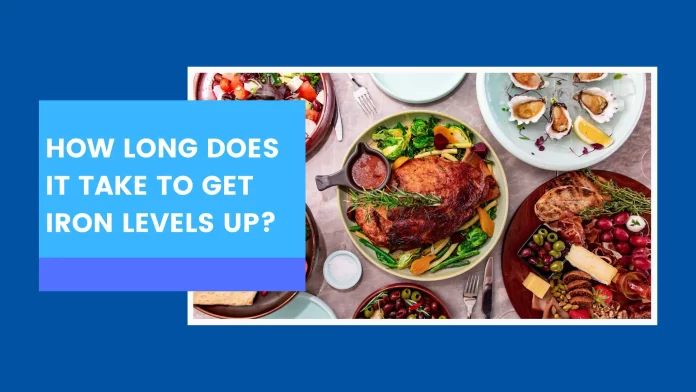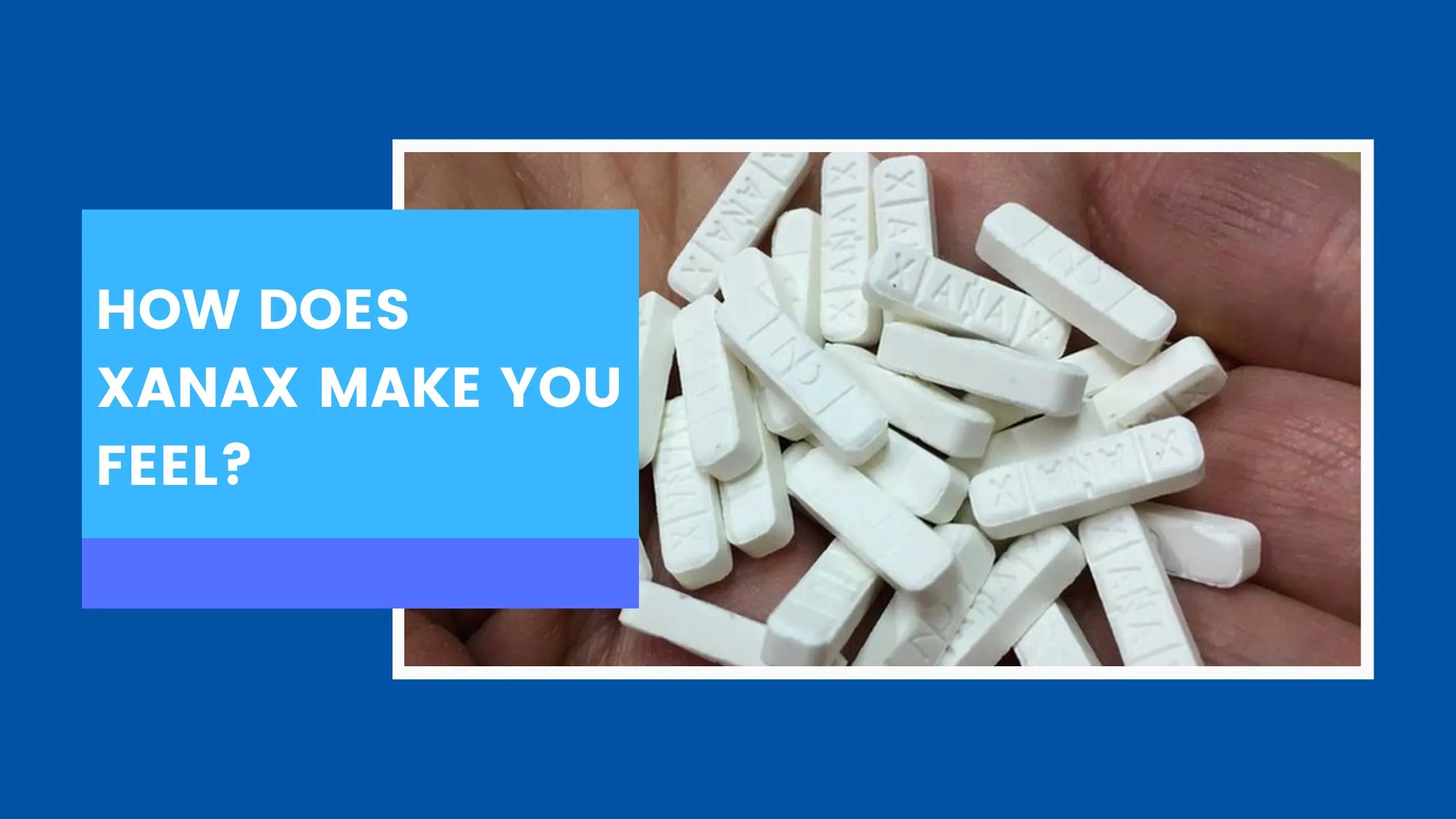Iron plays a crucial role in the human body, contributing to the production of haemoglobin, a protein responsible for transporting oxygen throughout the bloodstream. When iron levels drop below normal, a condition known as iron deficiency anemia can develop, leading to fatigue, weakness, and a range of other symptoms. Naturally, individuals diagnosed with iron deficiency seek ways to raise their iron levels promptly.
However, the timeline for replenishing iron stores can vary depending on various factors, including the severity of the deficiency, dietary changes, and the effectiveness of iron supplementation. In this article, we will explore how to increase iron levels quickly and the strategies that can help accelerate the process.
Symptoms
Iron deficiency anaemia can initially go unnoticed, but as the body’s iron levels decrease, the symptoms become more pronounced. Symptoms of iron deficiency anemia include:
- Profound fatigue
- Weakness
- Pale complexion
- Headache, dizziness, or feeling lightheaded
- Cold hands and feet
- Tongue inflammation or soreness
- Fragile nails
- Decreased appetite, especially in children and infants with iron deficiency anemia.
Causes
A sufficient amount of iron is essential for every individual, but certain individuals experience iron deficiency due to various reasons. The primary cause of iron deficiency is often an inadequate diet that lacks sufficient iron intake.
Additional factors contributing to iron deficiency include:
- Inadequate dietary choices
- Blood loss
- Pregnancy
- Excessive menstrual bleeding
- Engaging in rigorous exercise without proper dietary support
- Insufficient consumption of vitamin C.
Complications
While mild iron deficiency anemia typically doesn’t result in complications, if left untreated, it can progress to severe stages and give rise to various health issues, including:
Cardiovascular problems: Iron deficiency anemia can cause a rapid or irregular heartbeat. The heart compensates for the reduced oxygen-carrying capacity of the blood by pumping more vigorously, potentially leading to an enlarged heart or heart failure.
Pregnancy complications: Severe iron deficiency anemia in pregnant women has been associated with premature births and low birth weight babies. However, these complications can be prevented by administering iron supplements as part of prenatal care.
Impaired growth: In infants and children, severe iron deficiency can result in anemia and hinder normal growth and development. Additionally, iron deficiency anemia is linked to an increased vulnerability to infections.
Risk factors
Certain groups of individuals have a higher likelihood of developing iron deficiency anemia:
Women: Women are more prone to iron deficiency anemia due to menstrual blood loss.
Infants and children: Low birth weight infants, premature babies, and children with an inadequate intake of iron through breast milk or formula are at risk. They require additional iron during periods of rapid growth. Insufficient consumption of a varied and nutritious diet can also contribute to anemia in children.
Vegetarians: Individuals who follow a vegetarian diet, particularly those who do not consume meat, may have an increased risk of iron deficiency anemia if they fail to include other iron-rich food sources.
Regular blood donors: People who donate blood frequently may have a higher risk of iron deficiency anemia as blood donation can deplete iron stores. While low hemoglobin levels caused by blood donation are often temporary, increasing iron-rich food intake can help alleviate the concern. If informed of low hemoglobin and potential blood donation restrictions, consulting a doctor is advisable.
How to increase iron levels quickly?
To increase iron levels promptly, consider the following strategies:
Consume iron-rich foods
Include a variety of iron-rich foods in your diet such as red meat, poultry, fish, legumes, tofu, spinach, kale, broccoli, and fortified cereals. Combining plant-based sources of iron with vitamin C-rich foods like citrus fruits, strawberries, or bell peppers can enhance iron absorption.
Consider iron supplements
If recommended by your healthcare provider, take iron supplements as directed. Iron supplements can help replenish iron stores efficiently, but it’s important to follow dosage instructions and consult a healthcare professional for proper guidance.
Cook with cast-iron cookware
Cooking food in cast-iron pots and pans can increase the iron content of the meals. This is particularly beneficial when cooking acidic foods like tomato-based dishes, as the acid helps release more iron from the cookware.
Avoid factors that inhibit iron absorption
Certain substances can hinder iron absorption. Limit the intake of tea, coffee, and calcium-rich foods or supplements when consuming iron-rich foods, as they can interfere with iron absorption.
Consider intravenous iron therapy
In severe cases of iron deficiency or when oral supplements are not well-tolerated or ineffective, intravenous iron therapy may be recommended by a healthcare professional. This method delivers iron directly into the bloodstream, rapidly increasing iron levels.
Conclusion
In conclusion, when it comes to how to increase iron levels quickly, there are several proactive steps you can take. Incorporating iron-rich foods, considering supplements under medical guidance, and enhancing iron absorption through dietary adjustments are all effective strategies. Remember, consistency is vital in achieving rapid results. Prioritise your iron intake, monitor your progress, and consult a healthcare professional for personalised advice. By following these recommendations, you can successfully boost your iron levels quickly and support your overall well-being.
FAQ
Q1: What are the symptoms of iron deficiency anemia?
Ans: Symptoms include fatigue, weakness, pale skin, shortness of breath, chest pain, and brittle nails.
Q2: What foods are high in iron?
Ans: Iron-rich foods include red meat, poultry, fish, legumes, spinach, kale, tofu, fortified cereals, and nuts/seeds.
Q3: How long does it take to raise iron levels with supplements?
Ans: The timeframe for raising iron levels with supplements can vary, but it generally takes several weeks to months of consistent supplementation.






